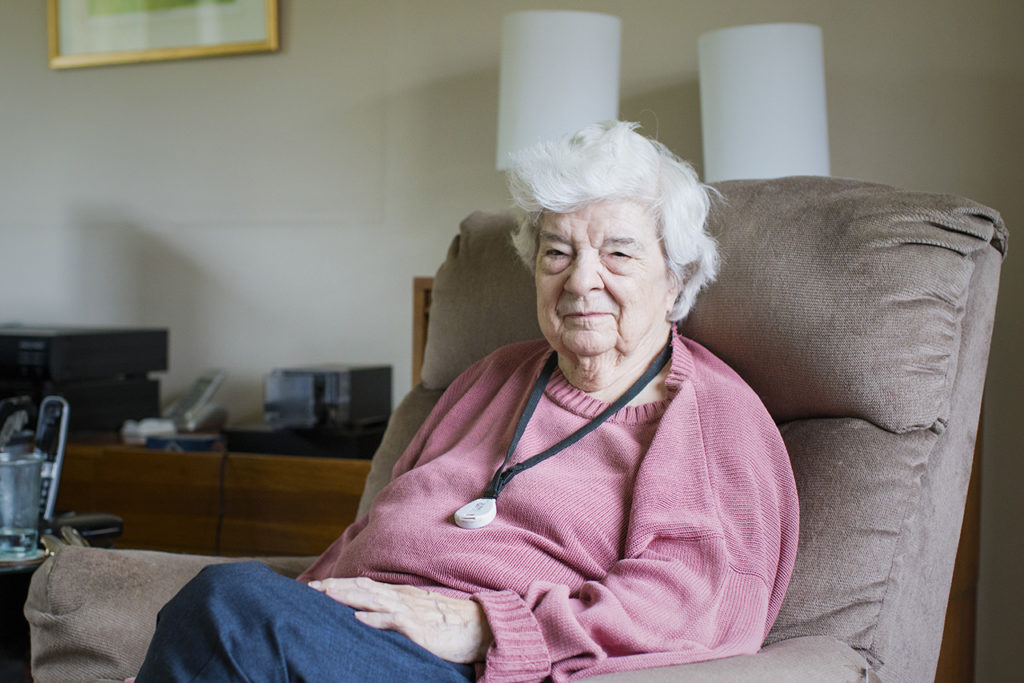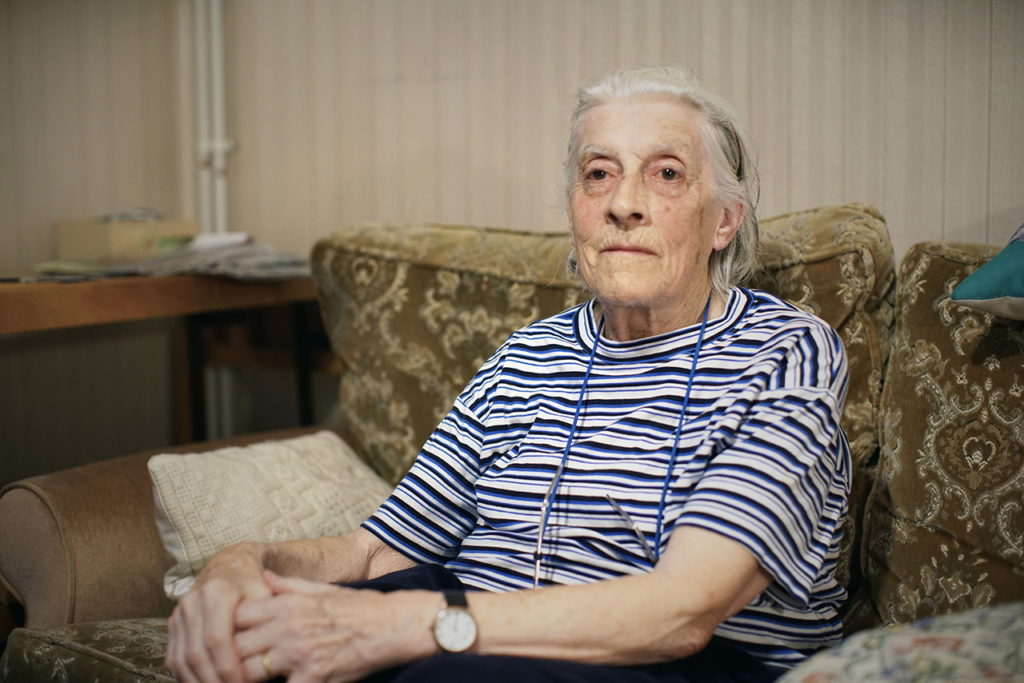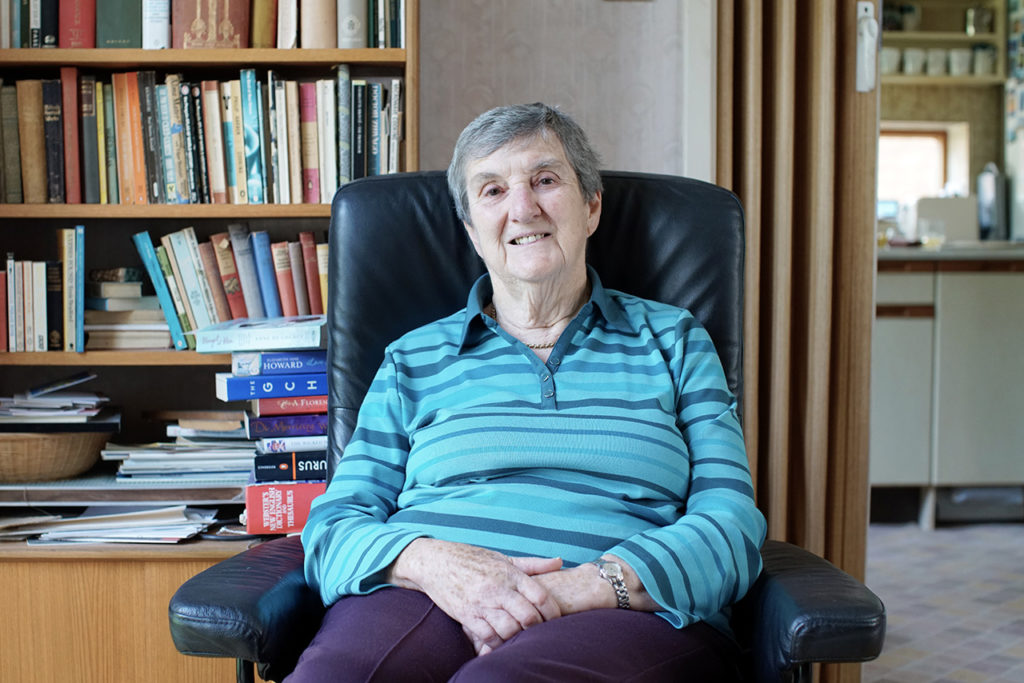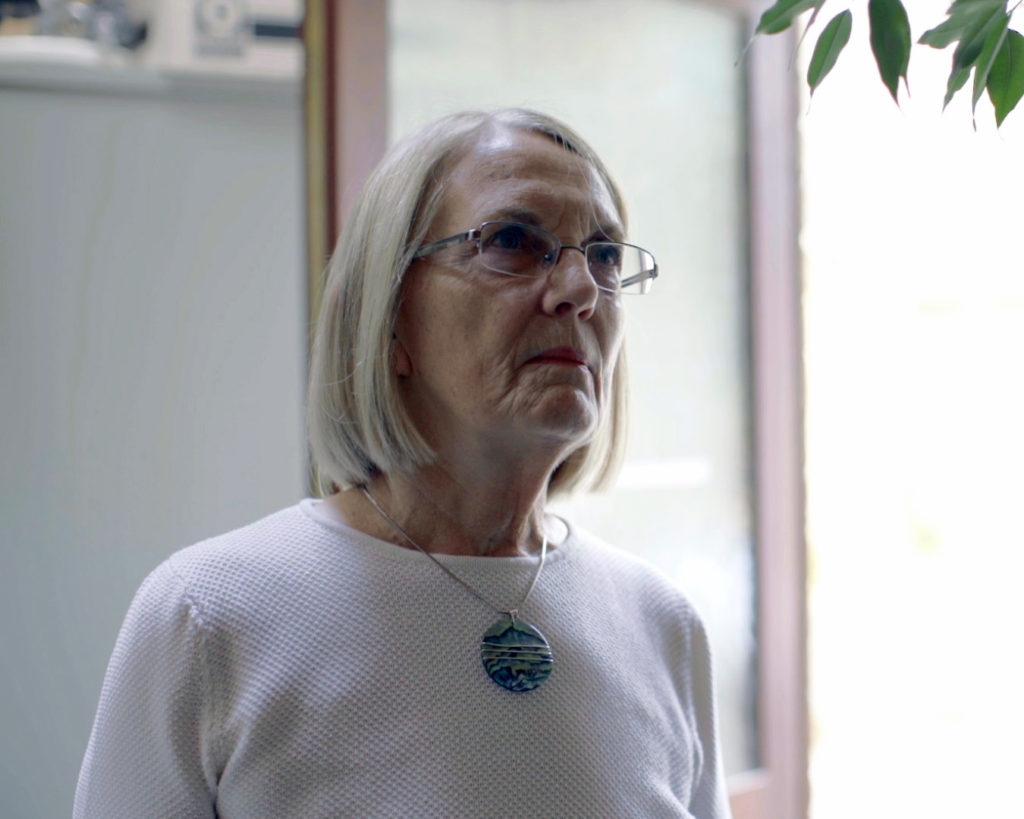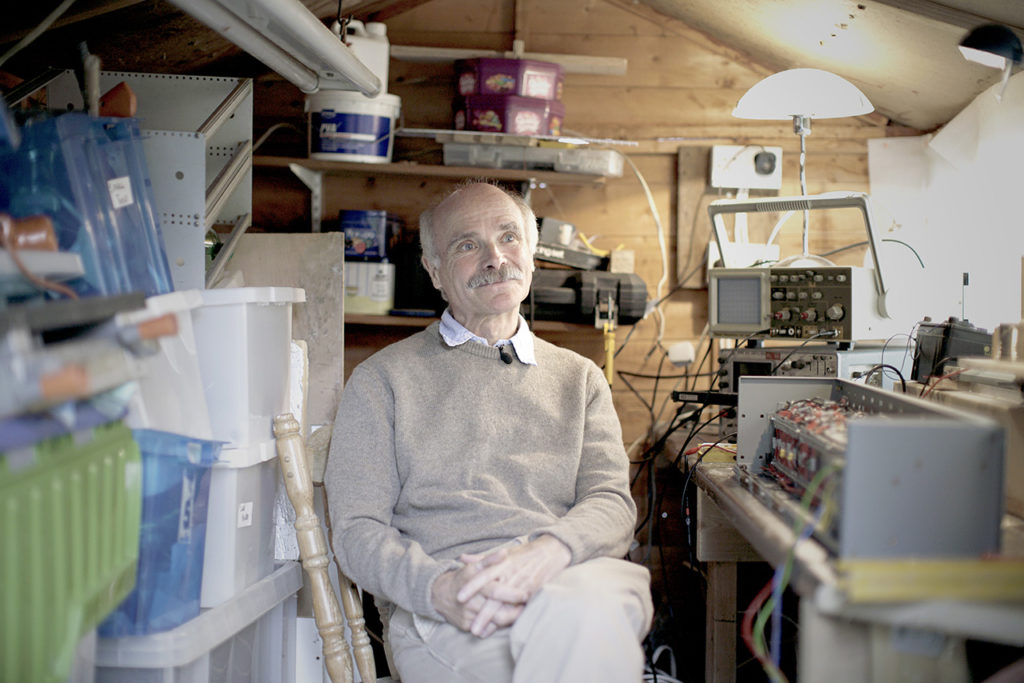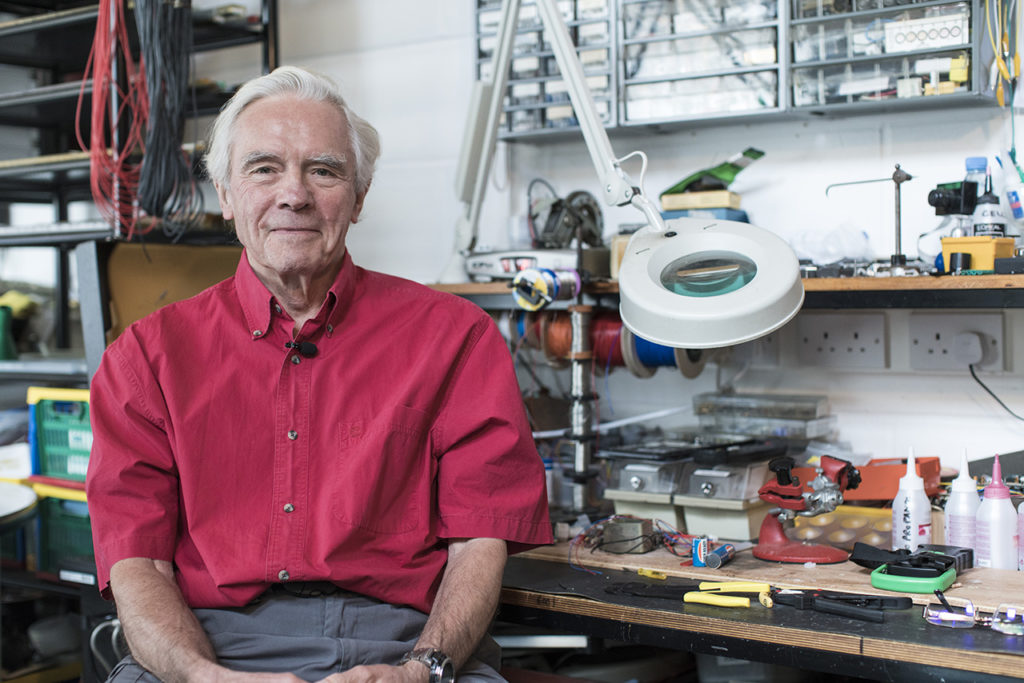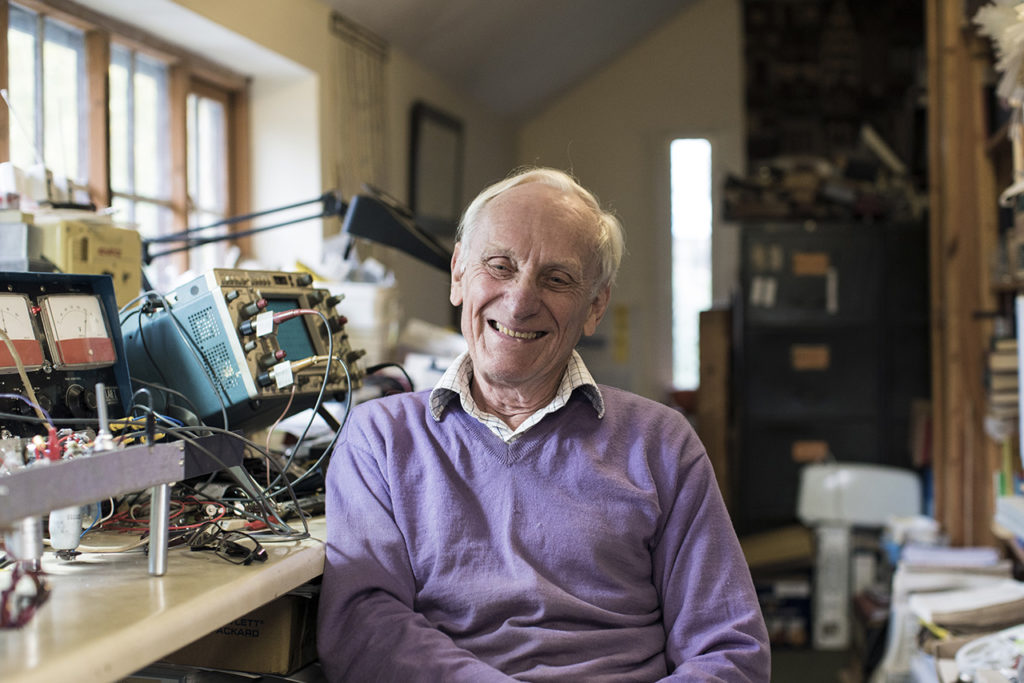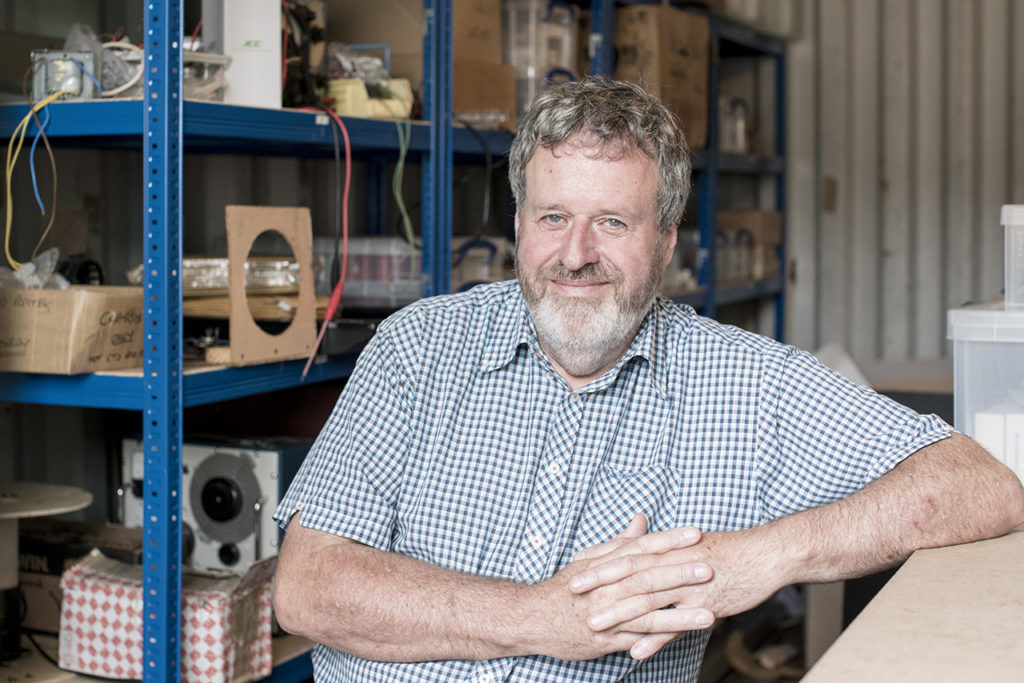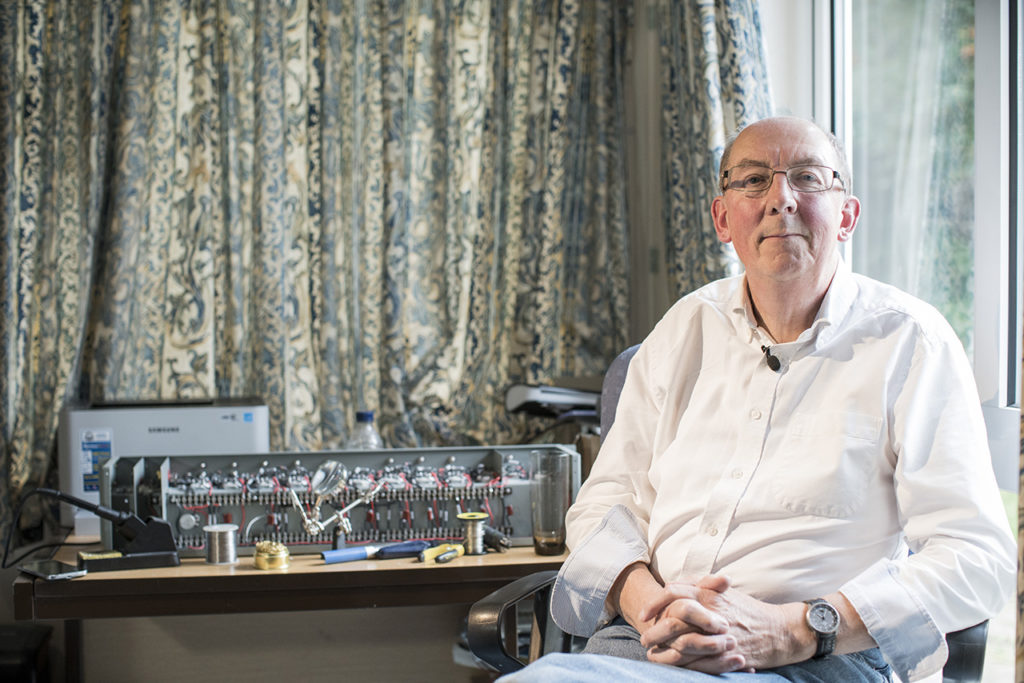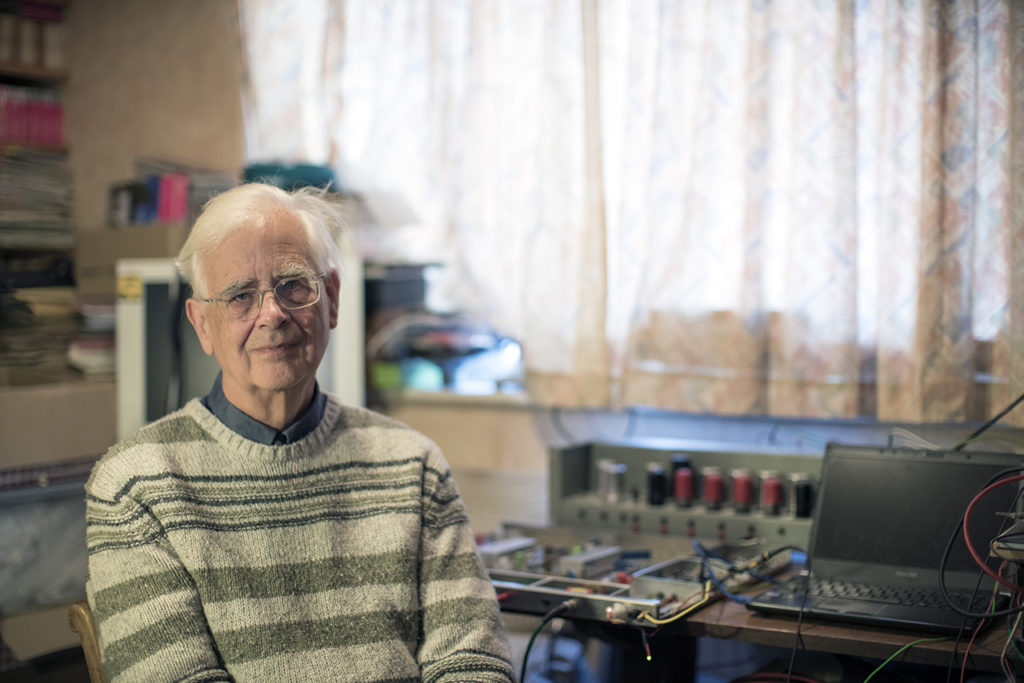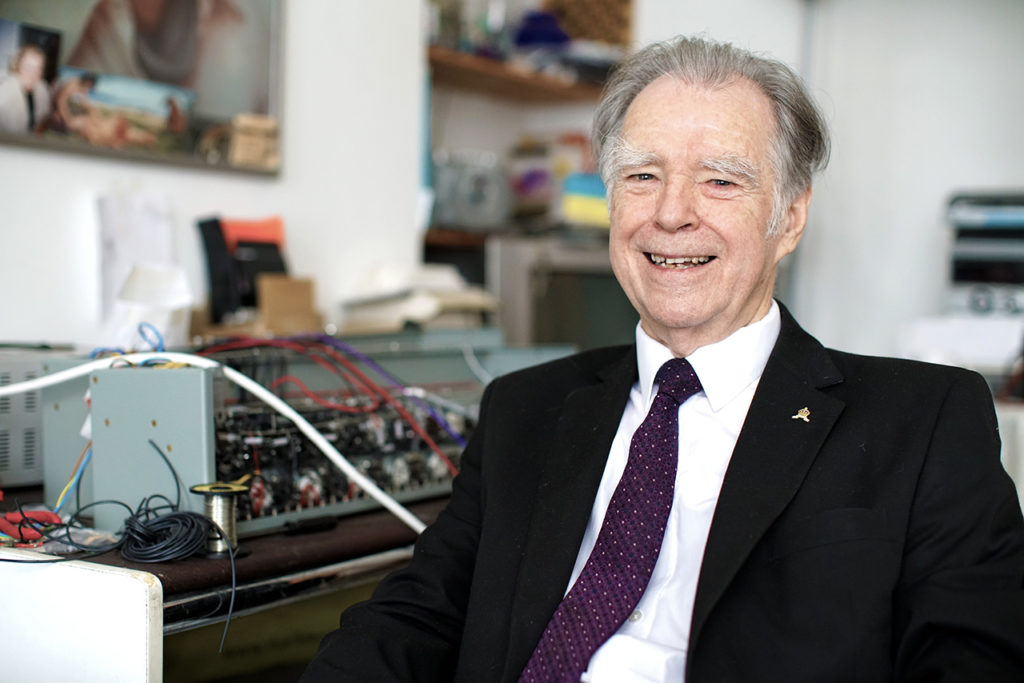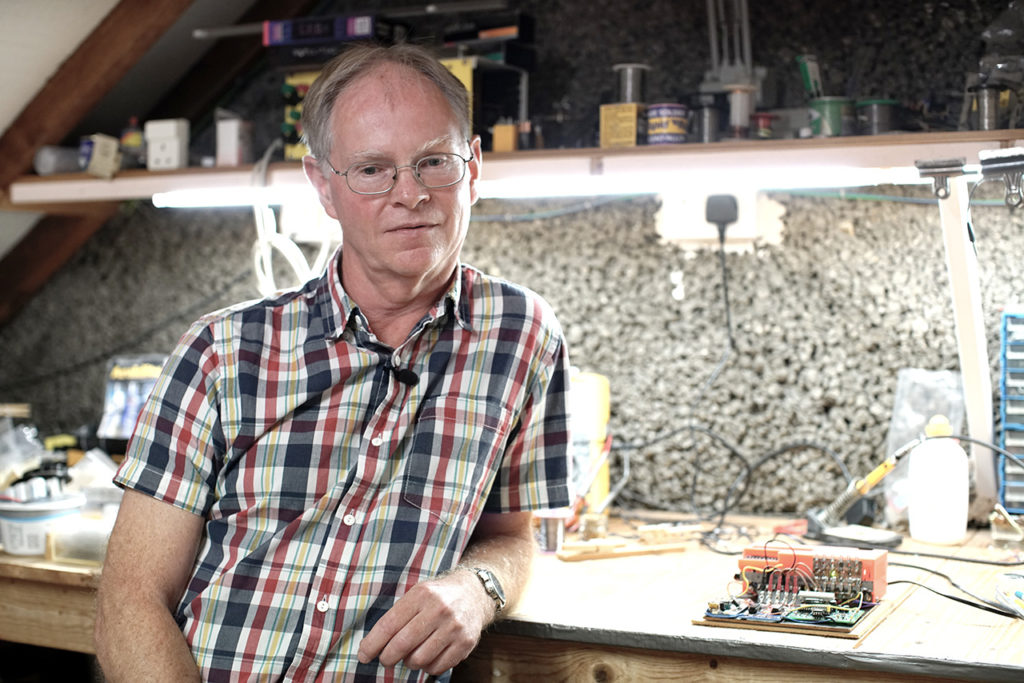Specification
Single Channel Film with Stereo Sound, 26min 30sec.
Multi-channel 4 screen edition and installation version also available (see Memory Line [Installation Edition])
Memory Line is a short documentary film that reflects on the early days of computing and listens to computing veterans who remember their experiences of the memory machine, EDSAC. The work comprises interviews with three women who are veterans of EDSAC as they remember their time working with the machine and also includes interviews with a group of volunteers who are currently building a replica of EDSAC at The National Museum of Computing in Bletchley Park. They discuss the important role of women in early computing, and what makes them tick as pioneering computer programmers.
On 6 May 1949 a team of engineers led by Sir Maurice Wilkes in the University of Cambridge Mathematical Laboratory ran the first programme on a new digital computer called the Electronic delay storage automatic calculator (EDSAC).
EDSAC is one of the first digital computers ever built with a programmable memory that allowed it to store data. Using tubes of mercury, the computer stored bits of data by sending ultrasonic pulses through the tubes and creating a memory feedback loop. The computer’s memories were literally soundwaves.
A team of retired computer engineers are currently building a replica of EDSAC (which was decommissioned 60 years ago in 1958) at The National Museum of Computing in Bletchley Park. The project has seen spare rooms, garden sheds, attics and kitchen tables converted into project and prototype laboratories across the region as the team build a machine which is an entire room in size, in their homes.
Acknowledgements
Memory Line is a multimedia artwork created by the artist Matt Parker with support from Arts Council England, The National Museum of Computing at Bletchley Park and the EDSAC Replica Project charitable trust.
Credits
Director of Photography, Bella Riza.
Additional Sound courtesy of Peter Linington
